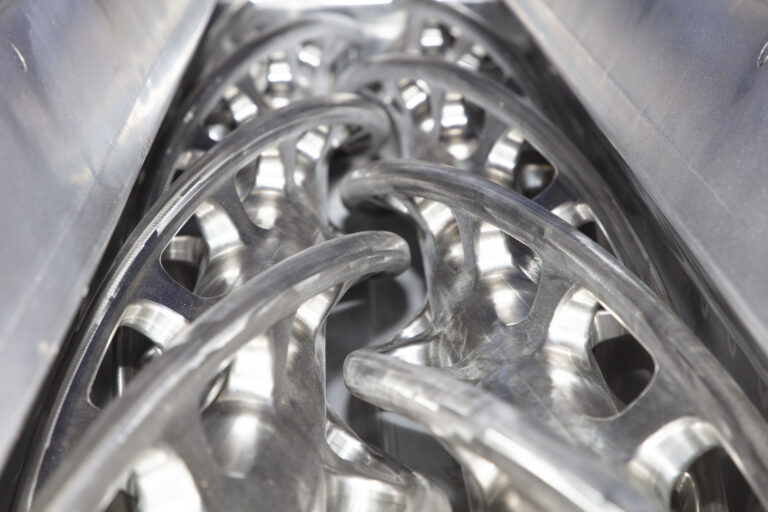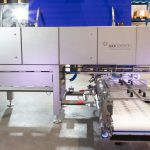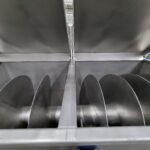As markets begin to stabilize and production levels are slowly rebounding to pre-pandemic levels, companies from around the world have yet another challenge to navigate: the ongoing labor shortages. In fact, studies show that there will be an estimated shortage of 85 million workers around the globe by 2030.
The labor shortages obliges food producers to think outside the (mixing) bowl. As a result, food producers are moving to automation not only to produce but also to ensure a more consistent product quality and with that less product waste.
LABOR SHORTAGES
With labour shortages endemic throughout the food industry, companies are having to invest to retain and attract staff while at the same time planning a future with fewer people and greater levels of automation.
Just food magazine spoke to analysts after Nestlé reported its first-quarter sales, CEO Mark Schneider said the world’s largest food maker could have sold more products in North America if it wasn’t for labour shortages. “Sometimes we couldn’t run lines that we wanted to run,” he said.
To bring the challenges specifically to the mixing part of the complete production value chain; there is no greater need for skilled labor than at the mixing stage. Just one slight error or lack of judgment can result in a rash of ramifications throughout the rest of the production line. This is why bakery operators typically put their most experienced personnel at the front of the process.
In order words, your product quality is then depending on the skills and performance of workers that are now hard to retain and attract.
Yet.. the above is the case when your mixing process is operating in a batch mode. Continuous mixing is seen as a more automated alternative.
BATCH VS. CONTINUOUS
A continuous process means the quality of the product is computer controlled and completely independent of the skills of your operator. Product quality consistency is constantly controlled, tracked and traced. In the case of Sobatech, only dark-room operations are offered – meaning there is no need for light at the location of Sobatech’s continuous dosing and mixing processes.
Together with the increase in energy costs, these factors have led to a huge increase in continuous mixing enquiries over the years.
ENERGY IMPACT
Back in 2019, when energy markets were still calm, energy had a 2% share in the total costs of food manufacturers in the EU. Given the sharp increase in energy prices, ING estimated that the share currently ranges between 7.5-10% (without price caps or compensation). There are also many signals that some food manufacturers have seen their energy bills rise to up to 30% of their total costs. In food processing, activities such as flour milling, baking and fruit/vegetable/potato processing are relatively energy intensive.
Before 2019, constant consistency had been the main reason for food producers to kill their old habits moving from batch to continuous, the past years Sobatech has seen that energy prices and labor shorages are what drive their customers to go continuous and strongly contribute to its success.
Check out the benefits of continuous meaningful to you and contact us for more information.





